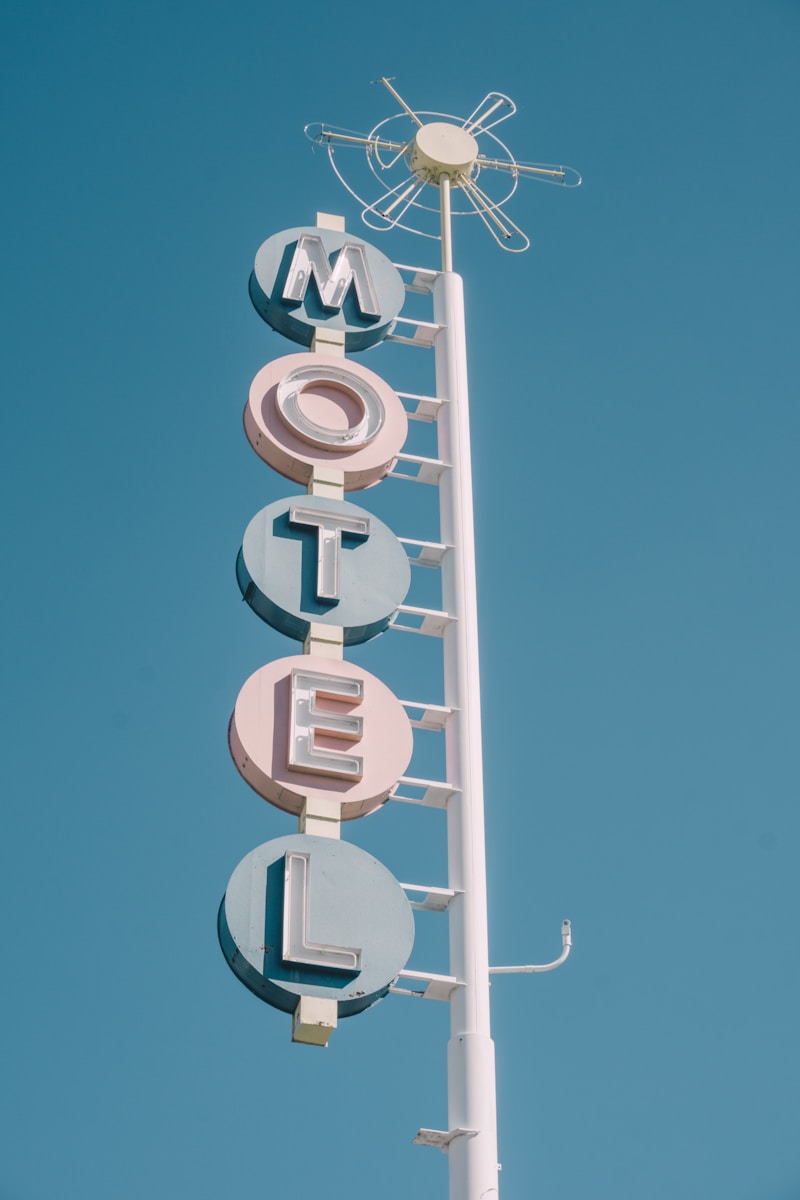The Timeless Beauty of Vintage Lace Motifs: A Comprehensive Guide
Exploring Vintage Lace Motifs
Vintage lace motifs have captivated artists, designers, and crafters for centuries. The intricate beauty and delicate charm of these motifs evoke nostalgia and elegance, making them a popular choice in various applications, from fashion to home decor. In this guide, we will delve into the fascinating world of vintage lace motifs, exploring their history, design elements, and modern usage.
What Are Vintage Lace Motifs?
Vintage lace motifs are decorative designs made from lace, a delicate fabric constructed with threads of cotton, silk, or synthetic materials. These motifs often feature intricate patterns, which can include floral designs, geometric shapes, or whimsical embellishments. The term "vintage" refers to lace motifs that originated in a specific historical period, typically from the late 19th century to the early 20th century, reflecting the craftsmanship and artistry of that era.
A Brief History of Lace
The history of lace can be traced back to the 15th century, with its origins believed to be in Italy and Flanders. By the 19th century, lace-making had spread across Europe and became a popular craft. The introduction of machine-made lace during the Industrial Revolution made lace more accessible; however, hand-crafted lace remained in demand, particularly in the form of vintage motifs that showcased skilled craftsmanship.
Popular Types of Vintage Lace Motifs
Several styles of vintage lace motifs have emerged over the years, each with distinct characteristics. Here are some of the most popular types:
| Type of Motif | Description |
| Floral Motifs | Features flowers, leaves, and vines, often reflecting nature with graceful curves and delicate details. |
| Geometric Motifs | Consists of patterns based on geometric shapes, including triangles, circles, and diamonds, providing a modern touch to traditional lace. |
| Vintage Doilies | Small, decorative mats typically used to adorn tables or other surfaces, showcasing intricate lace motifs. |
| Edging Motifs | Designed as borders for garments or linens, these motifs add a finishing touch to the overall design. |
Where to Use Vintage Lace Motifs
Vintage lace motifs are highly versatile and can be incorporated into various projects, including:
- Fashion: Vintage lace motifs can enhance clothing items, adding a touch of elegance to dresses, blouses, and accessories.
- Home Decor: Use lace motifs to create decorative pillows, curtains, or table runners for a vintage-inspired interior.
- Craft Projects: Incorporate vintage lace motifs in scrapbooking, card-making, or other DIY crafts for a unique personal touch.
- Wedding Decor: Vintage lace motifs are perfect for weddings, from invitations to table settings, creating a romantic ambiance.
Finding the Perfect Vintage Lace Motifs
When looking for vintage lace motifs, consider visiting local antique shops, flea markets, or online marketplaces such as Etsy or eBay. Many artisans also create contemporary designs that draw inspiration from vintage patterns. Additionally, vintage lace motifs can sometimes be found in sewing patterns, fabric swatches, and craft books.

Tips for Incorporating Vintage Lace Motifs into Your Projects
Using vintage lace motifs in your projects can be rewarding, but it’s essential to consider the following tips to ensure success:
- Choose the Right Fabric: Select fabrics that complement the delicate nature of lace. Lightweight materials like cotton or chiffon work beautifully.
- Match the Style: Make sure your vintage lace motifs harmonize with the overall theme of your project. For instance, select floral motifs for a romantic setting and geometric motifs for a modern look.
- Experiment with Layering: Layer lace motifs over other fabrics or textures to create depth and interest in your design.
- Consider Color: While traditional lace is often white or cream, consider experimenting with dyed lace to add a pop of color to your projects.
Care and Maintenance of Vintage Lace
Proper care and maintenance are crucial for preserving the beauty of vintage lace motifs. Here are some suggestions:
- Gentle Cleaning: Hand wash lace items in cold water with mild detergent. Avoid wringing or twisting the fabric, as this can damage the delicate threads.
- Air Drying: Lay lace flat to dry away from direct sunlight, which can cause colors to fade.
- Storage: Store vintage lace in a cool, dry place, preferably in acid-free boxes to prevent discoloration and degradation.
The Modern Revival of Vintage Lace Motifs
In recent years, there has been a resurgence of interest in vintage-inspired designs, with many contemporary designers embracing vintage lace motifs in their collections. This trend reflects a desire for unique and meaningful design elements that tell a story.
Conclusion
Vintage lace motifs are a beautiful testament to craftsmanship and artistic expression. From their rich history to their modern applications, these intricate designs continue to inspire and captivate. When incorporating vintage lace motifs into your projects, remember to pay attention to fabric choice, style compatibility, and care techniques to maintain their timeless allure. Whether you're creating a whimsical wedding decoration or adding a touch of elegance to your home, vintage lace motifs offer endless possibilities for creative expression.
Final Tips
Always keep in mind the importance of balance and harmony in your designs. Integrating vintage lace motifs can enhance the aesthetic of your projects, making them unique and memorable. By exploring the various styles, uses, and care techniques, you can ensure that your vintage lace applications remain beautiful for years to come.